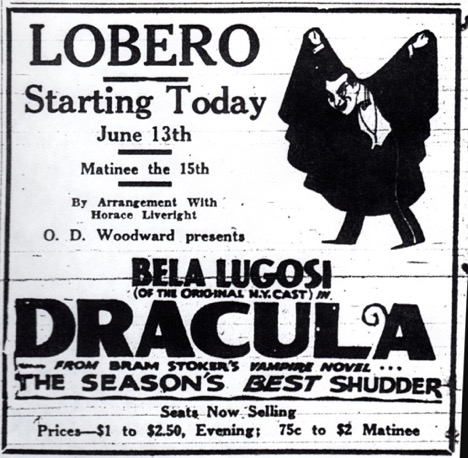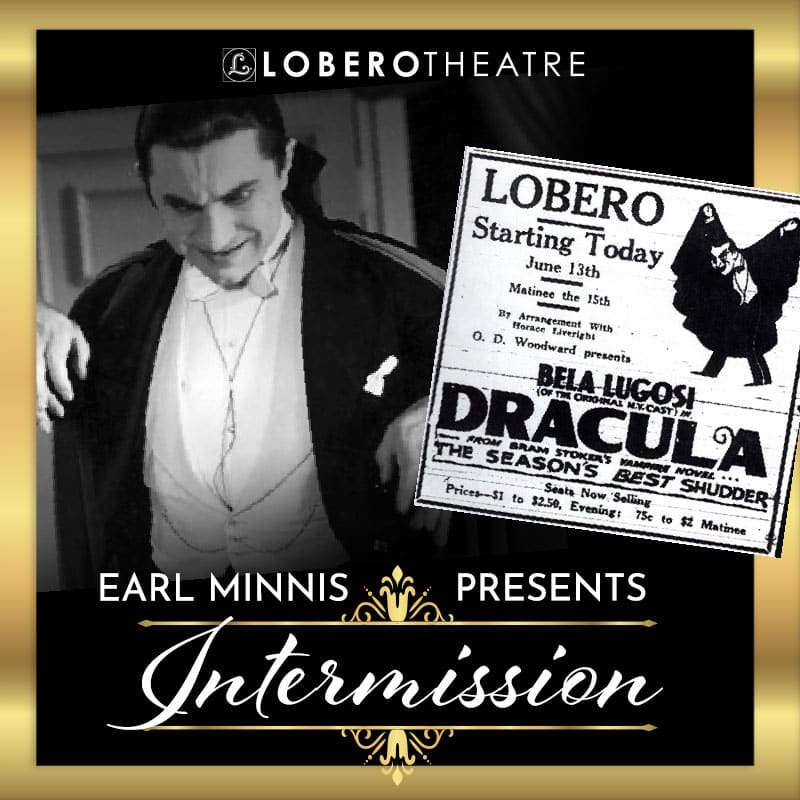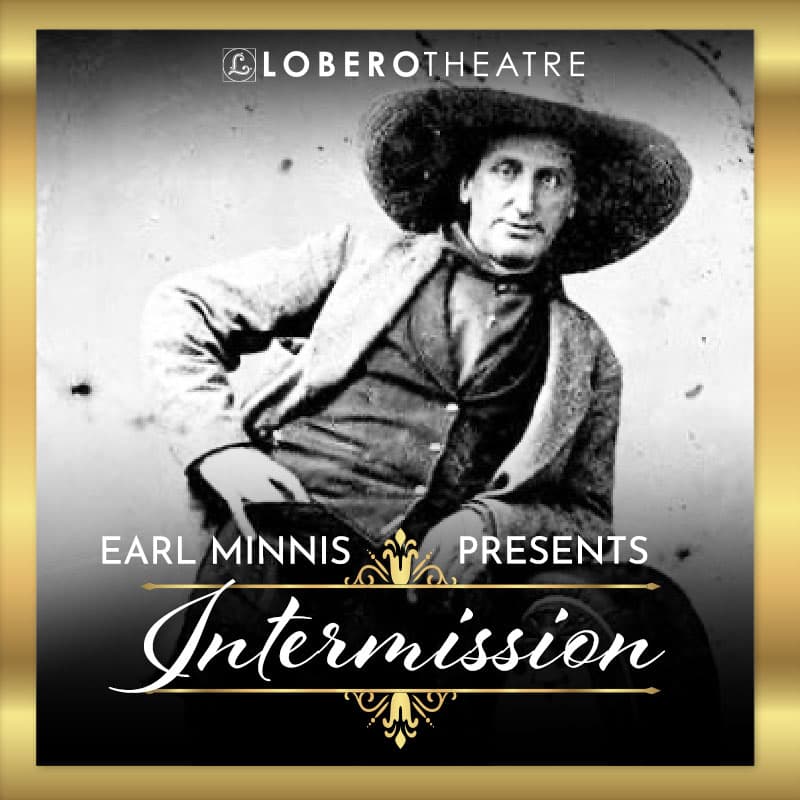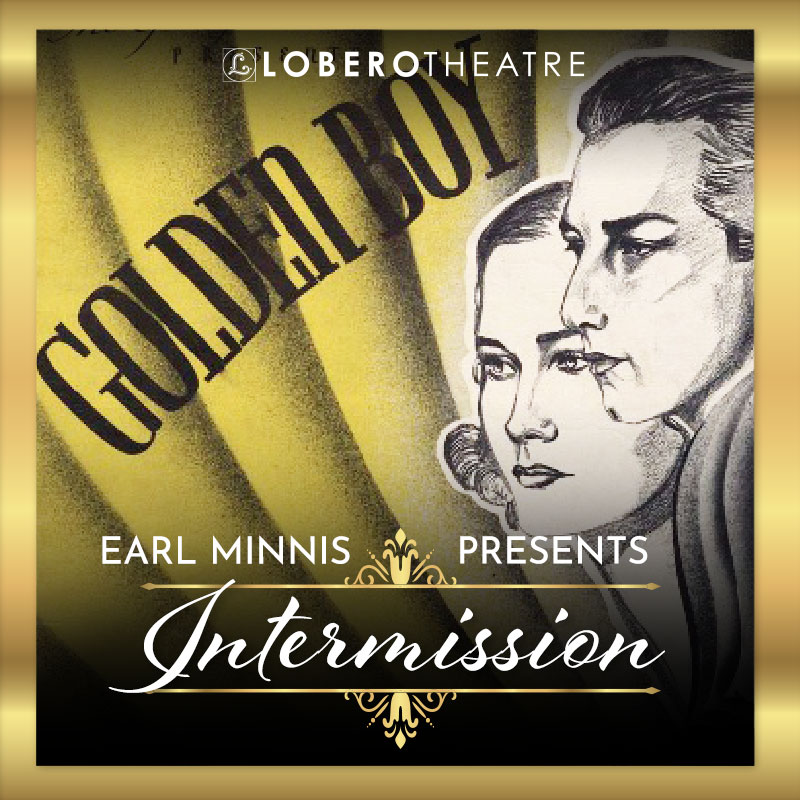On the (dark and stormy?) night of June 15, 1929, a Lobero audience was subjected to an evening of terror when Bela Lugosi took the stage as the blood-sucking vampire Dracula.
It would be two years before Lugosi would star in the world-famous film version of the horror story.
Adapted from Irish writer Bram Stoker’s 1897 novel, the theatrical presentation of Dracula ran for 40 weeks in New York starting in 1927, followed by 11 weeks in Los Angeles, before beginning its nationwide tour.
Horror in literature was nothing new – Mary Shelley’s “Frankenstein” was published in 1818, and Edgar Allen Poe had tested out the genre in the 1830s. But horror onstage – in the flesh – was groundbreaking. The theatrical run of Dracula from 1927 – 1929 was almost certainly the first real-life exposure American theatergoers had to the horror genre.
Dracula was marketed with the tagline “The Season’s Best Shudder”, and certain cities even warned ticket buyers of the health risks of attending the play. One theatre prominently posted:
“In connection with the presentation of the vampire play, ‘Dracula’… patrons are notified that they will be admitted to this drama AT THEIR OWN RISK. A duly qualified, trained nurse will be in attendance at each performance, but it must be distinctly understood that the undersigned accept no responsibility whatsoever.”
By all accounts, audiences found Bela Lugosi’s creepy performance as Dracula to be spellbinding. Unfortunately, Lugosi seemed to take the concept of method acting to an entirely new level.

According to RogerEbert.com, “Lugosi was by all accounts a strange, deliberately theatrical man, who drew attention to himself with stylized behavior. He made his foreignness an asset, and in Hollywood and New York used his sinister, self-mocking accent to his advantage. After the success of “Dracula,” he often appeared in public dressed formally, with a flowing cape, as if still playing the role.”
Lugosi’s Dracula persona even invaded his private life and was cited as evidence in his divorce proceedings, which began several months after his appearance at the Lobero.
Sources:




